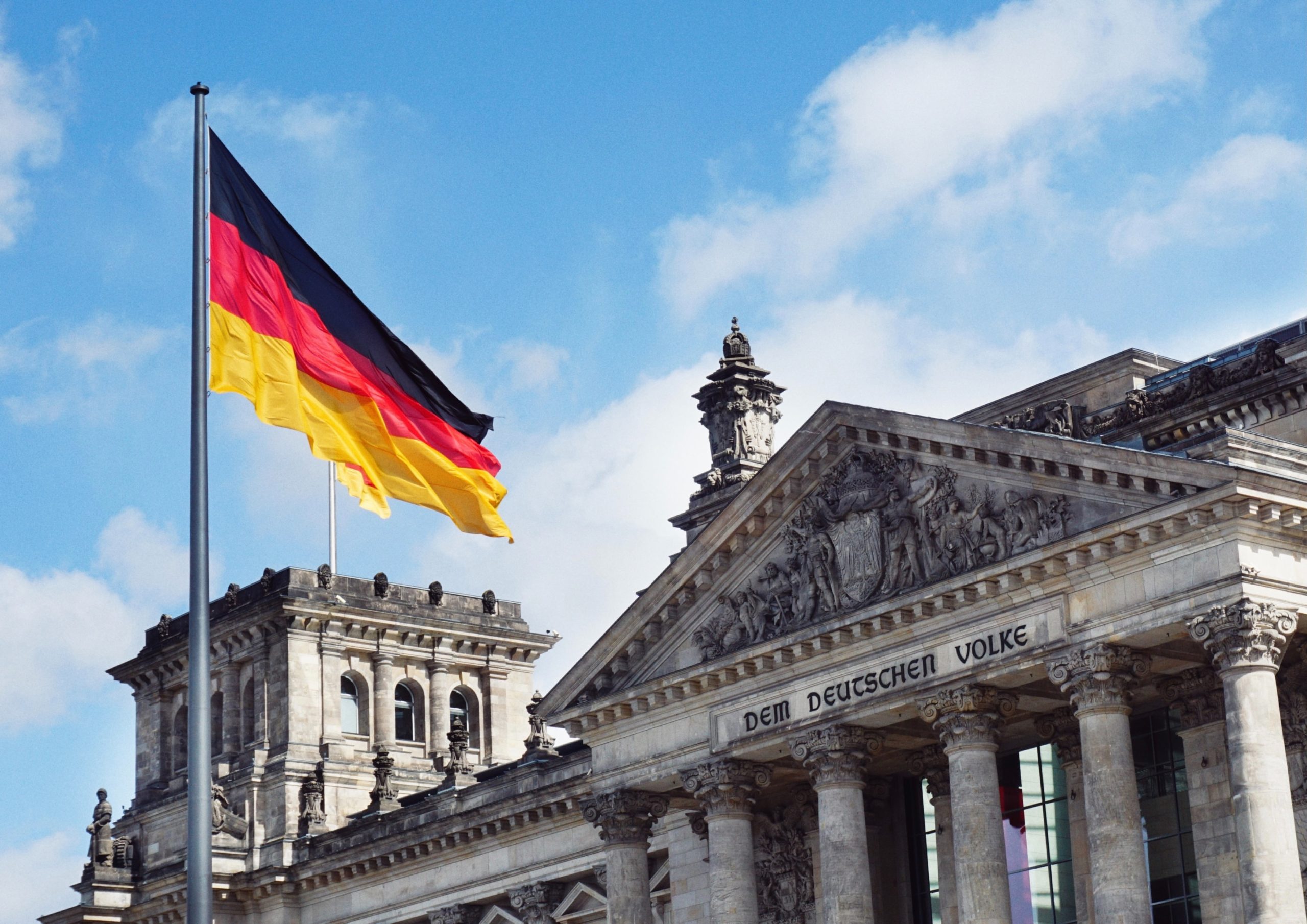In recent years, the art world has witnessed an unprecedented fusion of creativity and technology. As digital currencies like Bitcoin continue to gain mainstream acceptance, they are making their mark on yet another industry – art collecting. Traditional art forms are being reimagined through the lens of blockchain technology, offering a new frontier for collectors and artists alike. In this feature, we delve into the intersection of Bitcoin and the art world, exploring the opportunities, challenges, and the evolving landscape of this intriguing marriage.
The Rise of Crypto Art
With the emergence of non-fungible tokens (NFTs), a type of digital asset that represents ownership or proof of authenticity of a unique item, artists are finding new ways to monetize their work. NFTs have become synonymous with the term “crypto art” – a form of art that exists purely in the digital realm. These digital creations, ranging from digital paintings to interactive installations, are tokenized and sold using cryptocurrencies, predominantly Bitcoin and Ethereum.
Unleashing Creativity and Ownership
One of the key appeals of crypto art lies in its ability to redefine the concept of ownership in the art world. By leveraging blockchain technology, artists can establish verifiable scarcity and prove the authenticity of their digital creations. Collectors, in turn, can secure their investments by possessing a cryptographic token that proves their ownership. This newfound transparency and immutability have revolutionized the art market, eliminating the need for intermediaries and offering direct artist-to-collector interactions.
Bitcoin as a Store of Value
Bitcoin’s role in the art world extends beyond facilitating the sale of crypto art. As a decentralized digital currency, Bitcoin presents itself as an alternative store of value, especially in a world where traditional currencies are subject to inflation and economic uncertainties. Increasingly, collectors and artists are exploring the option of using Bitcoin as a means of diversifying their portfolios and preserving wealth.
Challenges and Criticisms
Despite the promise and excitement surrounding Bitcoin’s integration into the art world, it is not without its challenges. Critics argue that the environmental impact of Bitcoin mining, which requires substantial computational power and energy consumption, clashes with the sustainability-focused ethos often associated with the art community. Additionally, concerns surrounding copyright infringement, the potential for fraudulent activities, and the need for greater regulation loom over the crypto art space.
The Future of Bitcoin and Art
As the art world continues to adapt to the digital age, the future of Bitcoin’s impact on the industry remains uncertain yet full of potential. Some foresee a democratization of art, where artists can reach a global audience without the constraints of physical galleries. Others question the sustainability of crypto art and the long-term viability of Bitcoin as a medium for artistic expression.
In conclusion, Bitcoin’s integration into the art world has opened up a new chapter in the history of artistic creation and collecting. The collision of technology, finance, and creativity has sparked a wave of innovation, challenging traditional notions of art and ownership. While questions and challenges persist, it is undeniable that Bitcoin has provided a new frontier for collectors, artists, and enthusiasts to explore, pushing the boundaries of what it means to own and appreciate art in the digital age.
[Word Count: XXX]Disclaimer: The opinions expressed in this article are those of the author and do not necessarily reflect the views of the publication.











